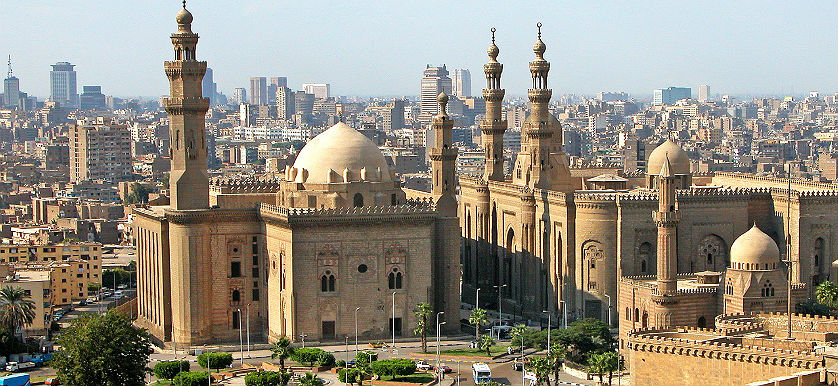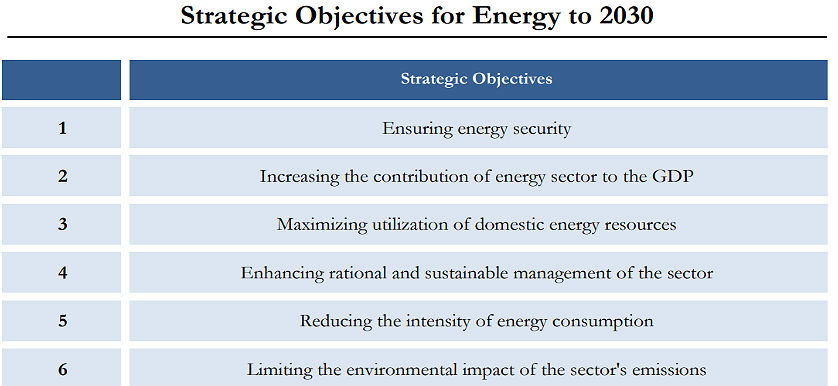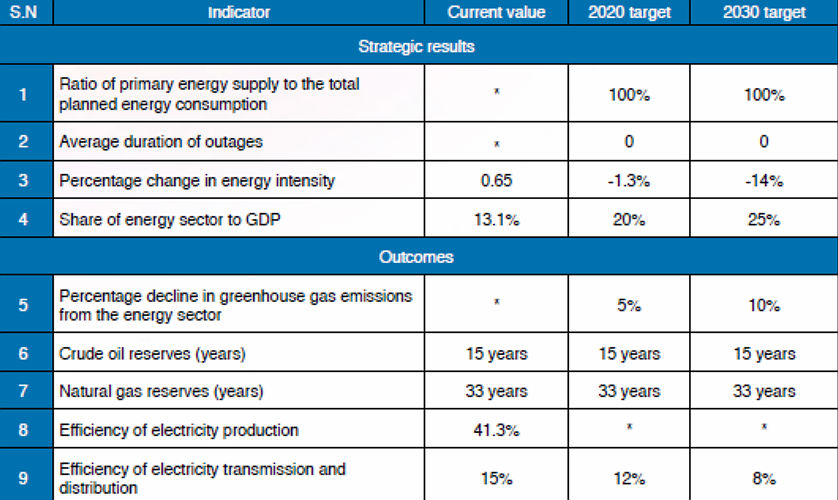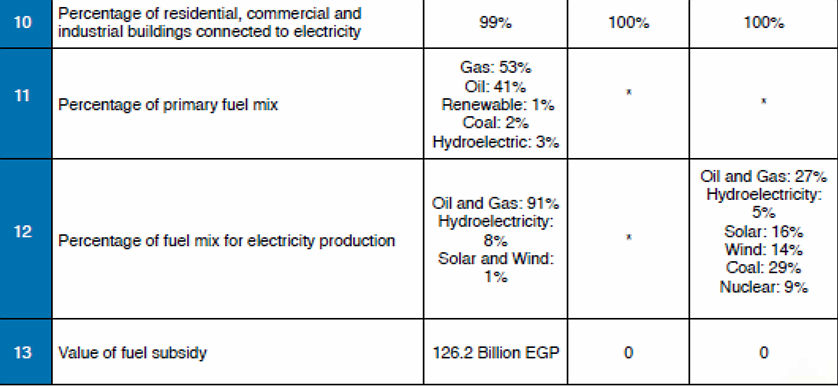Egypt’s transition journey towards its Vision 2030 plan

egypt
Located at a point of convergence of three continents, Africa, Asia and Europe, the Arab Republic of Egypt, has experienced a consistent economic growth since the early 1990s, such growth was temporarily interrupted during the 2011-2012 Egyptian Spring Revolution, but soon recovered during the following fiscal years, reaching momentum during the fiscal year 2017-2018, experiencing the highest economic growth rate in 10 years, at 5.3%.
With the appointment of the new Cabinet in May 2014, under the supervision of President Abdelfatah El Sisi, a new economic phase was launched, with the commitment to boost economic growth, attract national and foreign investment to Egypt and develop a sustainable development strategy until the year 2030.
Such commitment let to the creation of the Sustainable Development Strategy (SDS): Egypt Vision 2030, a formulated strategy roadmap prepared with wide social participation, considering the vision of civil society, private sector, ministries and government agencies, to support the transformation of the Egyptian economy and society in accordance to its Vision 2030.
As shown below the strategy states that by 2030, Egypt will be among the top thirty countries in terms of:
- Size of the economy;
- Market competitiveness;
- Human Development;
- Quality of Life;
- Anti-corruption.
A participatory planning approach was depended on in the preparation of this strategy. Between 2014 and 2016, about 150 specialized workshops and open meetings were organized to discuss the strategy, with representatives, experts, academics and stakeholders from the private sector, civil society and international organizations and set comprehensive objectives.
As a result of these workshops, a unified agreement was reached in terms of strategic objectives, Key Performance Indicators, initiatives and projects for each pillar of the SDS. Such results were accomplished also via the support of international finance and development institutions as the International Labor Organization (ILO), USAID and JICA.
The pillars have been selected based upon the current challenges faced by Egypt in its transition towards a desired state of evolution based on sustainable and inclusive growth and above all balanced regional development aimed at maximizing the welfare and prosperity of Egyptians, that will benefit from the outcomes of the SDS. The pillars of sustainable development are the following.
- The Economic dimension;
- The Social Dimension;
- The Environmental Decision.
Considering the three pillars, 12 key dimensions were included and clustered in the pillars. The dimensions are the following:
- The Economic Dimension comprises the pillars of Economic Development, Energy, Knowledge, Innovation and Scientific Research and Transparency and Efficiency of Governmental Institutions;
- The Social Dimension involves the pillars of Domestic Policy, Social Justice, Health, Foreign Policy and National Security, Education and Training & Culture;
- The Environmental Dimension includes the pillars of Environment and Urban Development.
A comprehensive monitoring and evaluation (M&E) system was developed to closely monitor the execution of each pillar of the SDS, assessing its impact and frequently measuring the progress towards achieving the main strategic objectives via the selected KPIs.
To ensure a mature performance measurement process, each of these pillars includes its own construction elements represented in the following order: Strategic objectives, specific sub-objectives and for each sub-objective, Key Performance Indicators (KPIs) were selected at inputs, outputs and outcomes levels having associated its quantitative targets.
Identified challenges that would hinder the achievement of the strategic objectives, clustered per degree of impact are also monitored and finally the necessary programs and projects to ensure a transition towards target achievement for each of these KPIs.
From the preparation phase of the Sustainable Development Strategy a comprehensive list of 169 KPIs was developed and clustered per key dimension. For each dimension, taken from the Strategic Vision, key Strategic Objectives to 2030 are developed as shown in following example for the Energy dimension:

strategic objectives
From the strategic objectives, the associated quantitative key performance indicators are selected, monitored and clustered per category.
The KPI template reports the indicator category, the name and unit of measure of the KPI, the KPI definition, as well as current performance status and specific targets for 2020 and 2030. The following is an example of such a template:

strategic results

strategic results
Implications for the future
The Government of Egypt has introduced the Sustainable Development Strategy (SDS) with the objective of supporting the country make a smooth transition towards its 2030 Agenda. The efforts of the Government in the implementation of the SDS, reflect its priorities and commitment to help citizens achieve a life characterized by dignity, freedom, equal opportunities inclusive growth and shared prosperity.
Given the government’s high commitment on achieving its sustainable development goals, a comprehensive Performance Management System was developed comprising of 169 KPIs monitoring several different pillars of the Egyptian economy and society.
The government supports the idea that in order to continue this transition towards 2030, follow-up and review, as well as dissemination and exchange of international experiences, are a crucial step that will help detect and assess strengths and potential performance gaps.
This will be ensured through an interactive process of peer-learning and sharing best practices within all domains of the Sustainable Development Strategy Agenda.
With the contribution of key representatives from several sectors in the development of the performance strategic directions and KPIs, Egypt is confirming its commitment to building a strong, responsive and accountable government system, guiding the country through the phases of the Egypt Vision 2030 Plan.
Image source:

Tags: Government performance, KPI, Performance in Egypt, Strategic objectives






Registro en Binance
| #
Thanks for sharing. I read many of your blog posts, cool, your blog is very good.
Reply